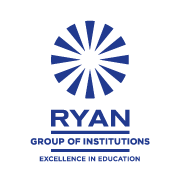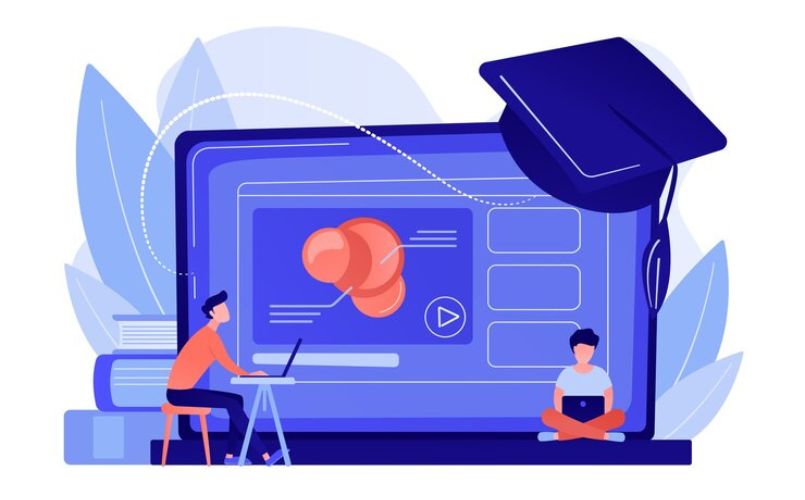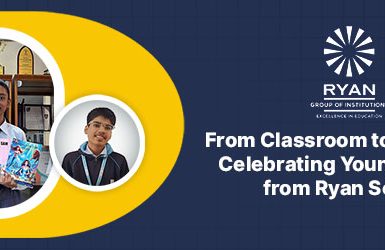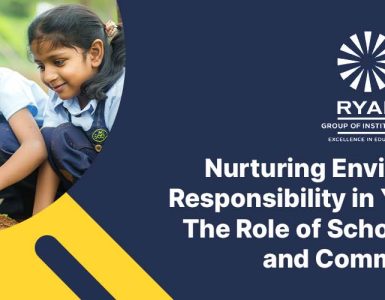While traditional approaches have laid a foundation they often fall short in preparing students for the changing world we live in. Recognizing the significance of adapting our teaching methodologies we firmly believe that our students need an education that aligns with the present to thrive in the future.
Blended Learning: The Best of Both Worlds
Blended learning emerges as one approach that combines traditional classroom instruction with online learning. This method allows students to progress at their pace. Provides them with a personalized learning experience. Additionally it equips teachers with real time data to tailor their instruction according to each students needs.
Beyond its classroom implications blended learning aims to bridge the divide by ensuring that every student regardless of their socio background has access, to high quality education.
In a country, as vast and diverse as India blended learning has the potential to bridge the gap between areas and urban centers providing educational opportunities.
However why limit ourselves to blended learning? The field of education is full of possibilities.
Gamification; Adding Fun and Engagement to Learning
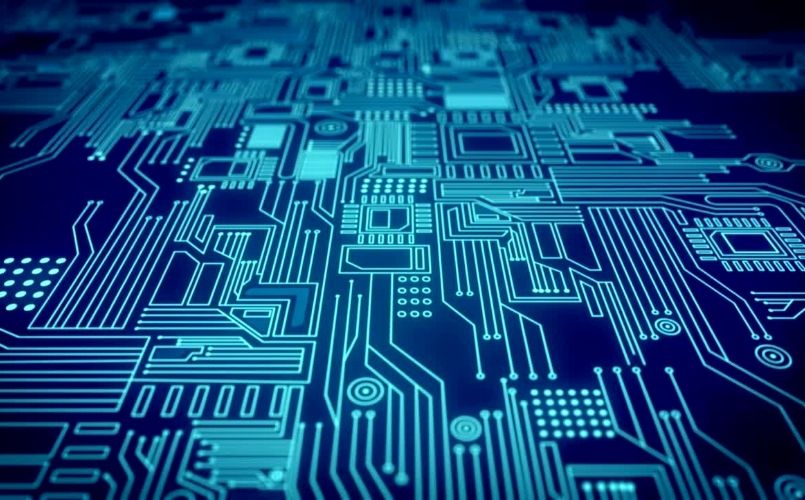
Another groundbreaking teaching method is gamification. By incorporating game elements into the curriculum students become more engaged and motivated. It’s not about studying; it’s about enjoying the learning process. Gamification appeals to students competitive nature driving them to surpass their limits and compete with their peers. This approach has proven effective in improving retention rates and comprehension of subjects.
Gamification in education goes beyond points, badges or leaderboards. It taps into students intrinsic motivation. When learning becomes a game students actively participate in their education than being passive recipients of information. They take risks, experiment stumble upon failures and learn from them— within the environment of a game. This method nurtures resilience—a skill, for navigating the challenges of the century.
The Emergence of the Flipped Classroom
The flipped classroom model is more than just a reversal of homework and classwork. It’s a shift in power dynamics. By allowing students to consume lecture content at their own pace, they’re given autonomy over their learning.Now students can watch lectures at their pace, from the comfort of their homes. Come to class for interactive activities and discussions. This way we make sure that classroom time is used for learning, problem solving and hands on experiences.
The flipped classroom model is not about reversing homework and classwork. It represents a shift in power dynamics. By giving students the freedom to consume lecture content at their speed we empower them to take charge of their learning journey. In turn the classroom becomes a space where collaboration, discussion and practical activities thrive. Teachers transform from being the knowledge providers into facilitators who guide students as they delve deeper into topics.
Microlearning: Bite-Sized Yet Effective
In this era where attention spans are getting shorter by the day microlearning comes to the rescue. It’s a method that breaks down information into bite sized chunks. These short segments are designed for consumption making them perfect, for todays tech students. Whether its a five minute video or a brief quiz microlearning ensures that students stay engaged and retain information effectively.
The digital age has brought along distractions that can hinder learning processes. In todays age students have access, to information with a click, which has resulted in shorter attention spans. To address this microlearning offers concise and focused content that can be quickly consumed. It’s not about simplifying the curriculum but presenting it in a way that fits the preferences of todays generation.
The Evolution of Teaching; More than a passing trend
The Indian education system is undergoing changes, driven by its rich history and diverse teaching methodologies. The need for teaching methods is not merely a passing trend but rather a response to how knowledge’s now consumed and applied globally. As our world becomes more interconnected and digitalized classrooms must adapt to these changes to stay relevant.
THE FUTURE OF TEACHING AND THE ROLE OF INNOVATIVE APPROACHES
A Global Perspective on Education
In the century there is a shift in the perspective on education. Countries worldwide including India acknowledge the importance of adapting to students changing needs. While traditional teaching methods like lecturing hold value they are no longer sufficient on their own. The world requires problem solvers, critical thinkers and individuals committed to learning. To foster qualities, in students our teaching methods must evolve accordingly.
Incorporating teaching approaches such, as blended learning, gamification, flipped classrooms and microlearning is not a passing trend but a necessity. In this age students are constantly bombarded with an amount of information. To equip them with the skills to effectively analyze comprehend and apply this information it is imperative that our teaching methods evolve accordingly.
Schools hold a role in shaping the future as they serve as both knowledge providers and influencers of generations to come. By embracing teaching methods schools can go beyond imparting knowledge and also equip students with practical skills that will benefit them in the real world. Skills like adaptability, critical thinking and resilience are essential for success.
The education sector in India faces challenges due to its culture and large population. From infrastructure to disparities there are numerous obstacles to overcome. However these challenges also present opportunities for growth and improvement. Innovative teaching methods can bridge the gap. Ensure that every child has access, to quality education regardless of their background.
Blended learning for example has the potential to bring education to areas while gamification can make learning enjoyable for students of all ages.
The Role of Parents, in Education
Parents play a role in their childs journey. Their active involvement and understanding of these teaching methods can greatly impact their childs learning experience. By staying informed and taking measures parents can collaborate with educators to ensure that their children benefit from both contemporary teaching approaches.
Embracing Change for a Future
In the words of renowned educator John Dewey “If we teach today as we taught yesterday we robarning centers Experiential learning institutions our children of tomorrow.” Embracing teaching methods is not about keeping up with current trends; it is about preparing our students for an uncertain future. It involves equipping them with the skills to navigate challenges adapt to changes and thrive in a world. We warmly invite parents and educators alike to join us on this journey towards an more enlightened future, for our students.
